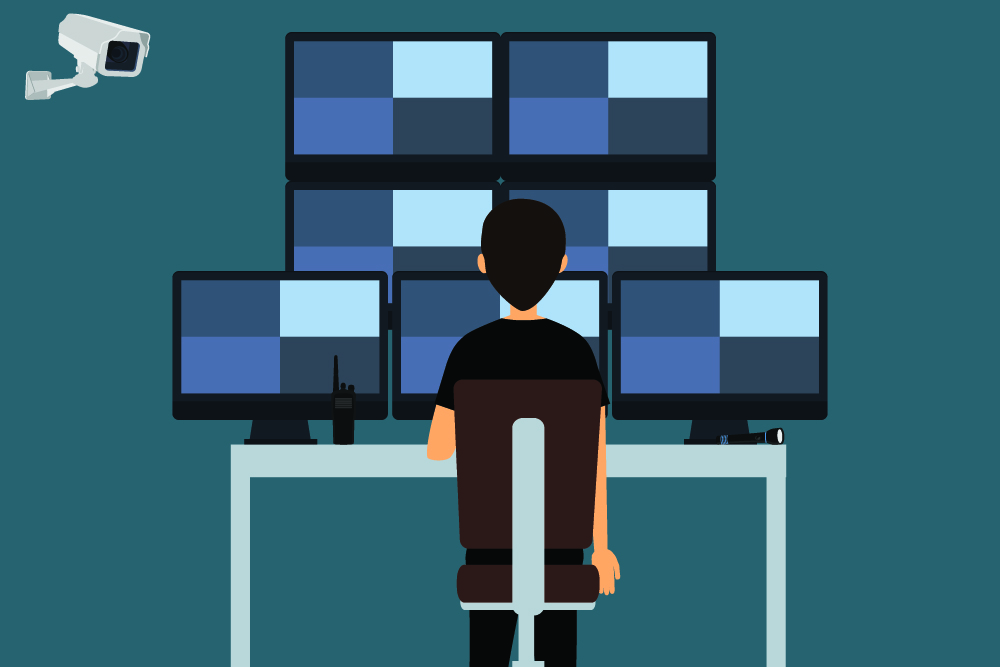For many employees, the COVID-19-prompted transition from working in the office to working from home has provided a sense of greater autonomy and flexibility.

For many employers, it has created anxiety over productivity and staff supervision. This tension has the potential to be exacerbated by new and existing technologies aimed at employee monitoring.
Employers Concerned About Remote Worker Productivity
“With millions of us working from home in the coronavirus pandemic, companies are hunting for ways to ensure that we are doing what we are supposed to,” writes Adam Satariano in an article for The New York Times. “Demand has surged for software that can monitor employees, with programs tracking the words we type, snapping pictures with our computer cameras and giving our managers rankings of who is spending too much time on Facebook and not enough on Excel.”
Satariano’s article is based in part on his experience with a trial run of employee monitoring software Hubstaff. “One main feature of Hubstaff is an activity monitor that gives managers a snapshot of what an employee is doing,” he explains. “Broken down in 10-minute increments, the system tallies what percentage of time the worker has been typing or moving the computer mouse. That percentage acts as a productivity score.”
Be Aware of the Potential Negative Impacts of Monitoring
While there are many tools available for remote employee monitoring, employers should think carefully before implementing them. For one, there are serious privacy and consent issues to think about. But beyond the potential legal and regulatory concerns, there are also possible devastating impacts to employee morale to consider.
Remote employee monitoring software is essentially the digital equivalent of having a manager stand over one’s shoulder throughout the entire workday. This constant monitoring would understandably be off-putting to most employees.
While monitoring software may be less visible than a person physically standing there, employees will of course be aware they’re being monitored. This can cause anxiety, which may negatively impact productivity and morale. And it may also discourage employees from taking any breaks, which is actually extremely counterproductive.
Be Alert to Negative Impacts on Morale and Productivity
The shift to remote work has been an abrupt change for employers, managers, and employees alike. This transition has necessitated changes to long-standing processes and procedures, including keeping track of employee productivity.
While there are advanced technological solutions available for employee monitoring, there are important considerations around privacy, productivity, and morale to take into account before implementing them.
